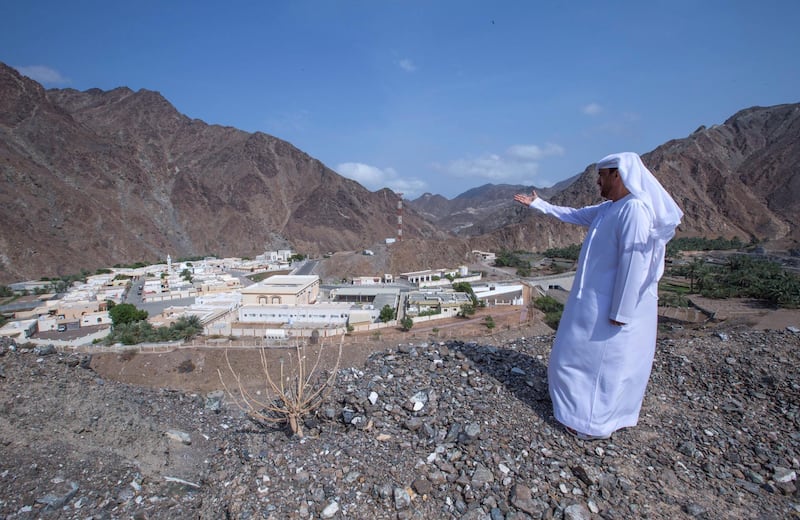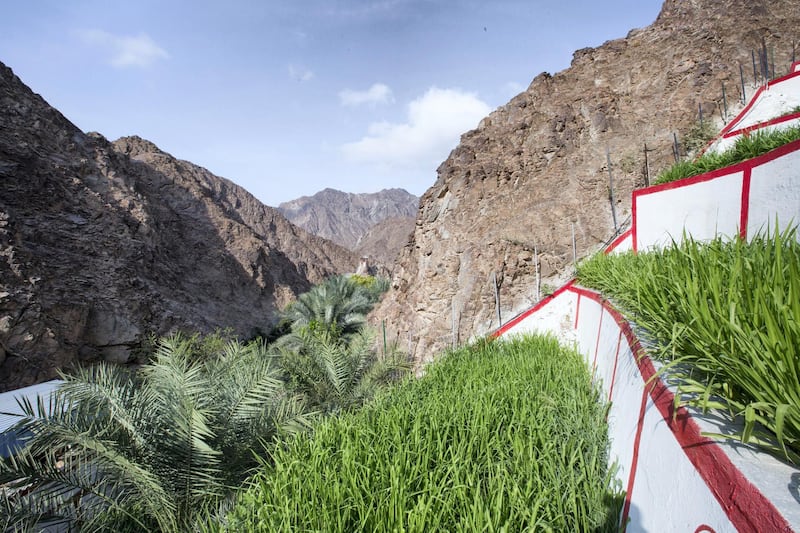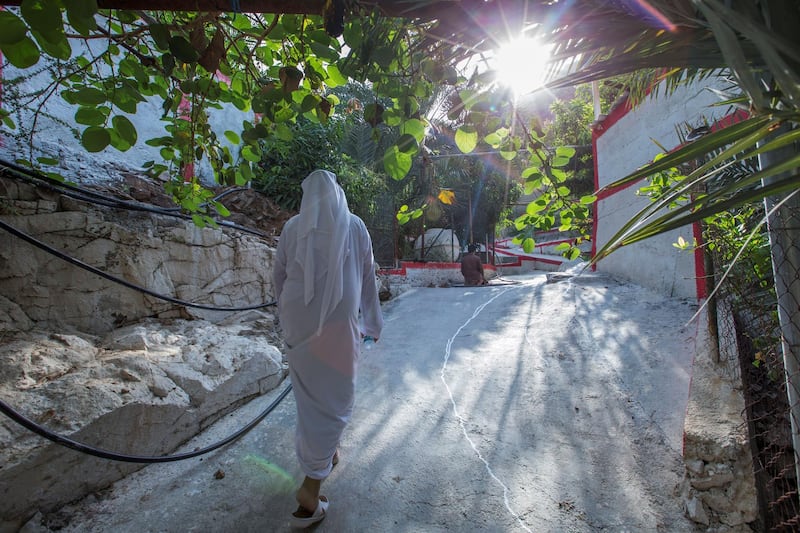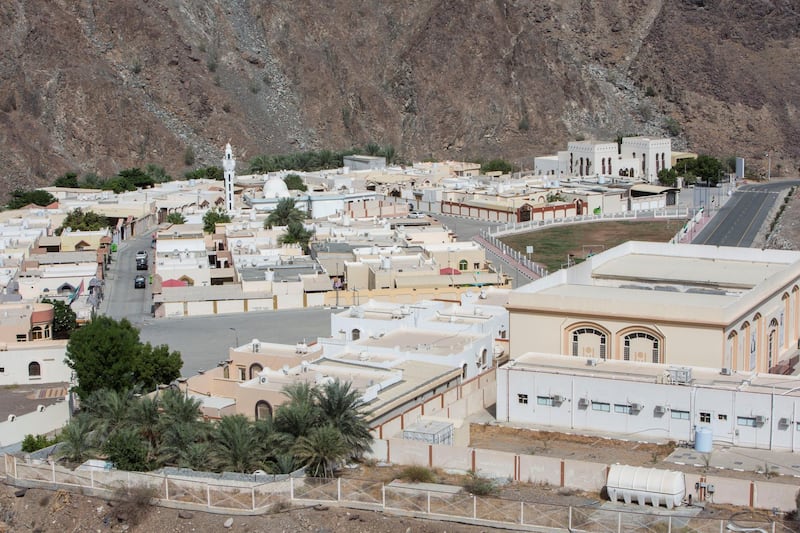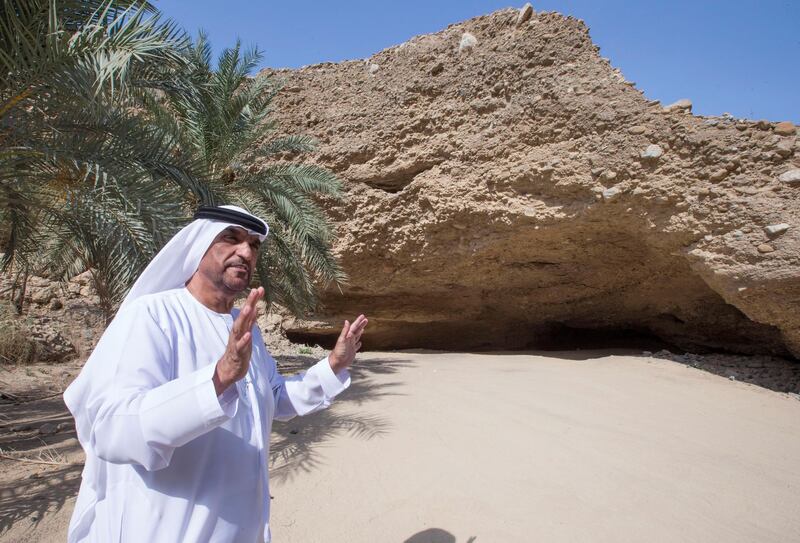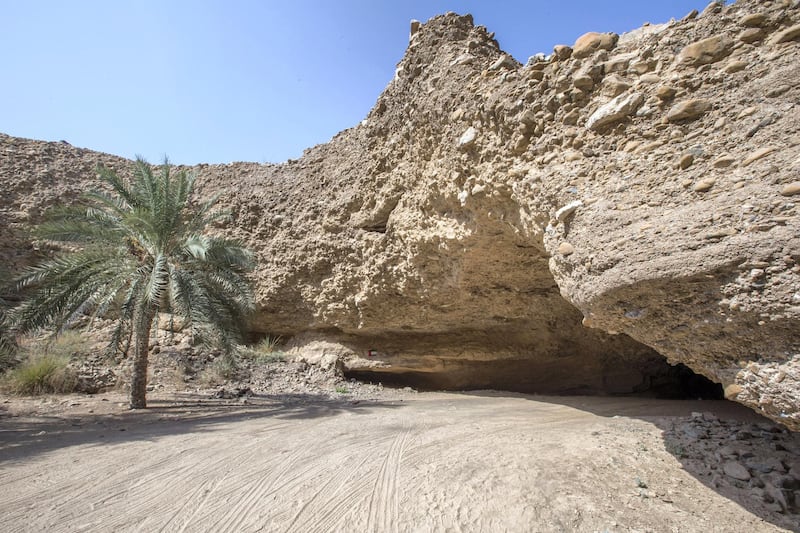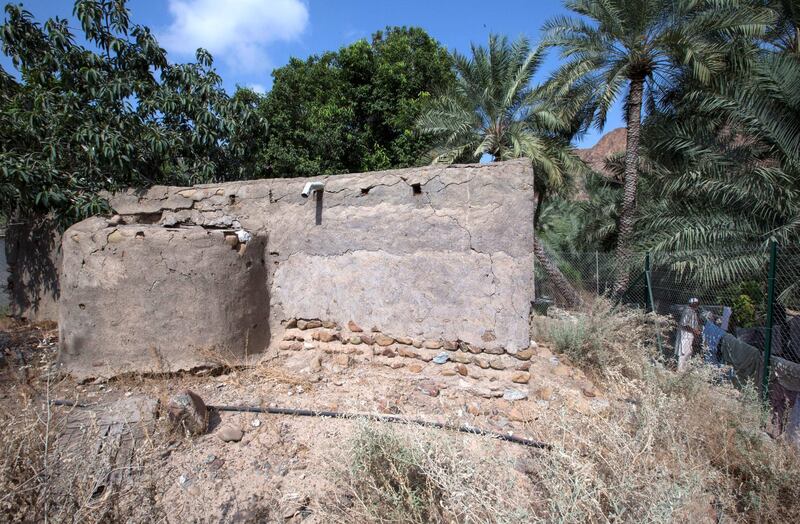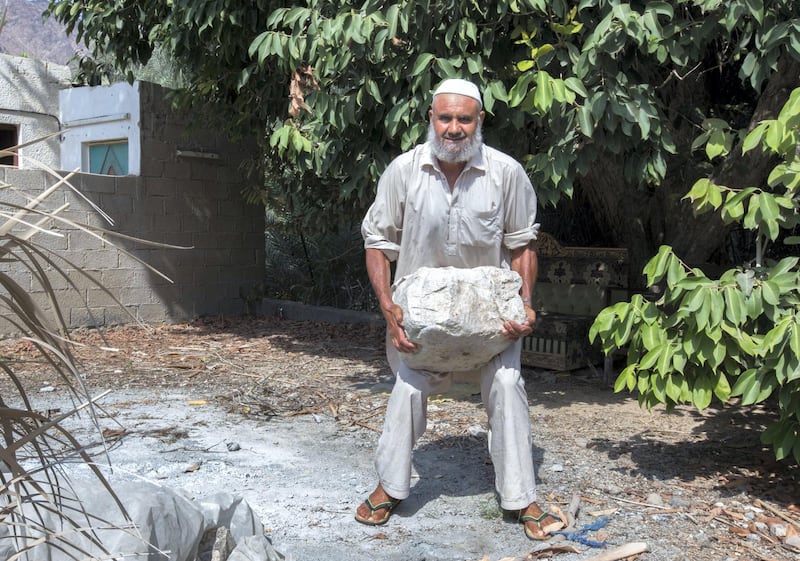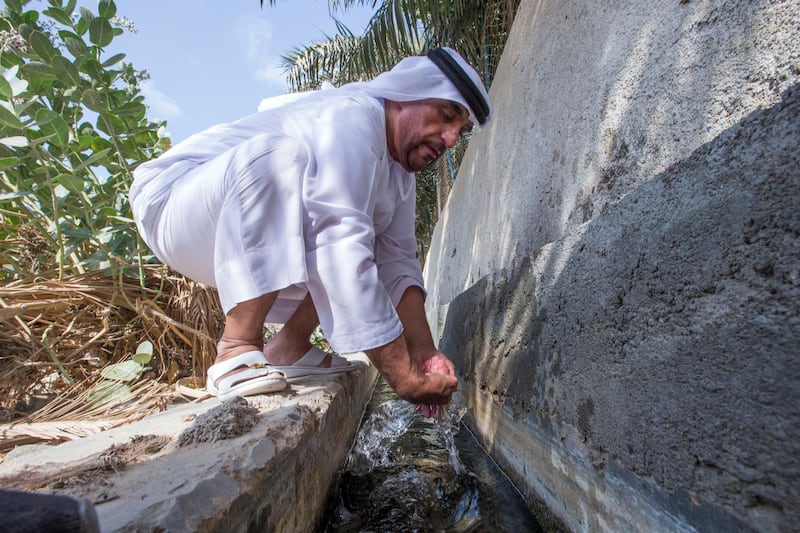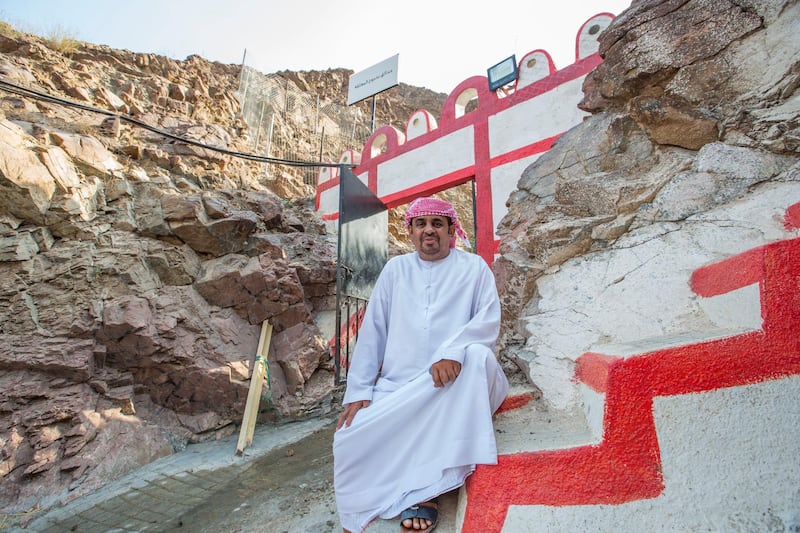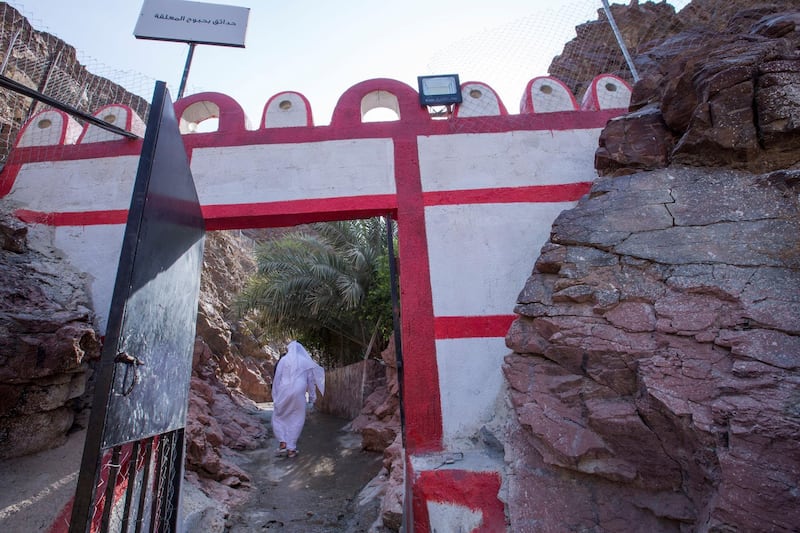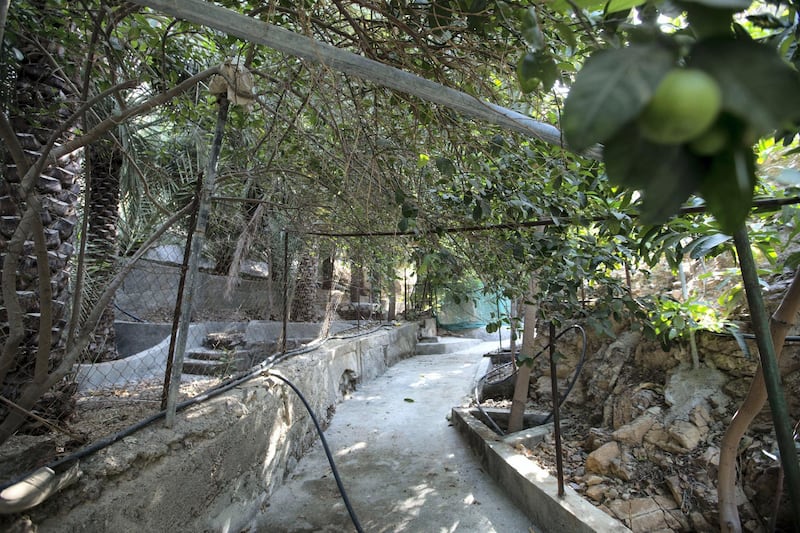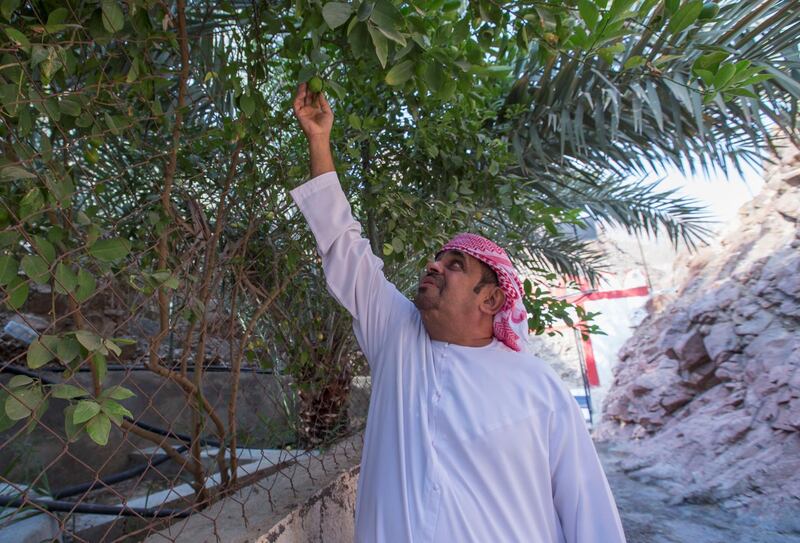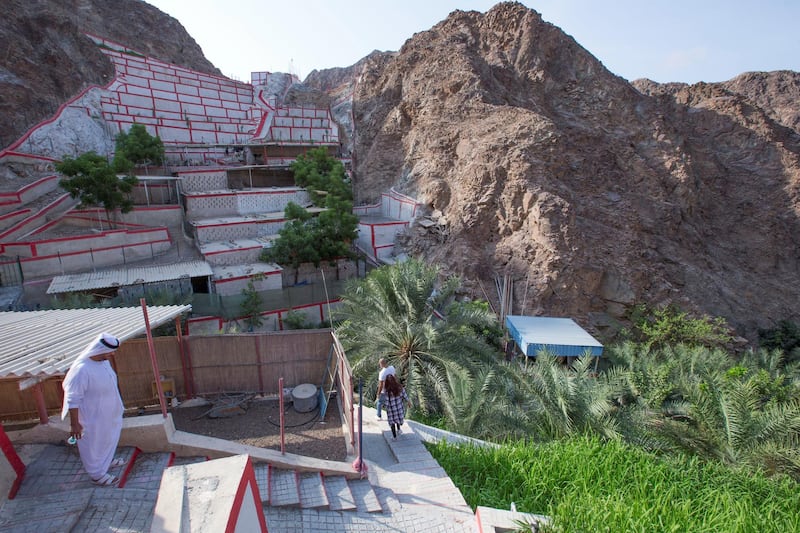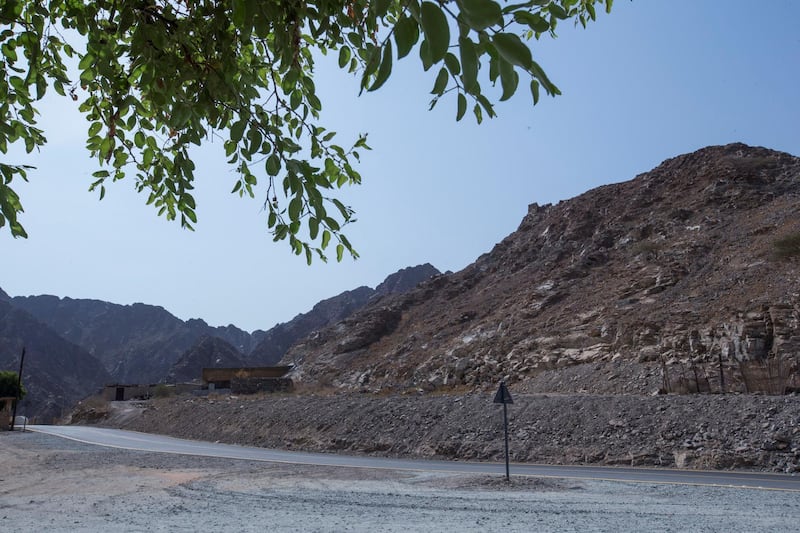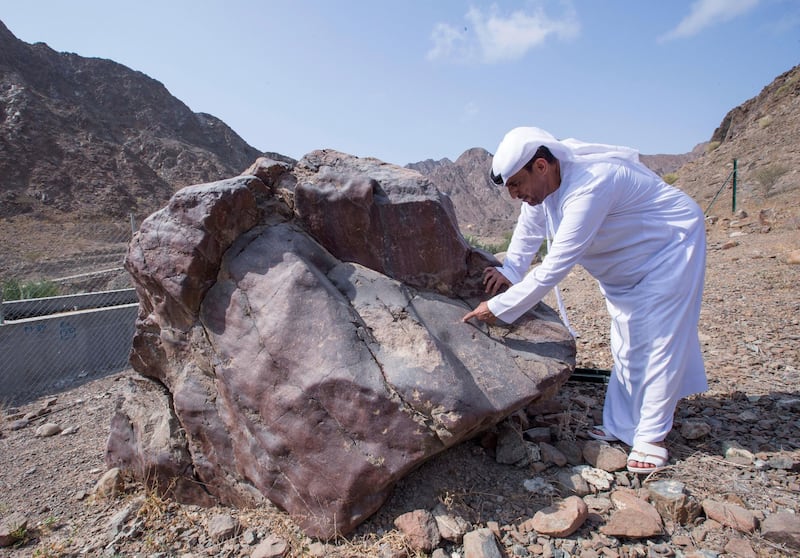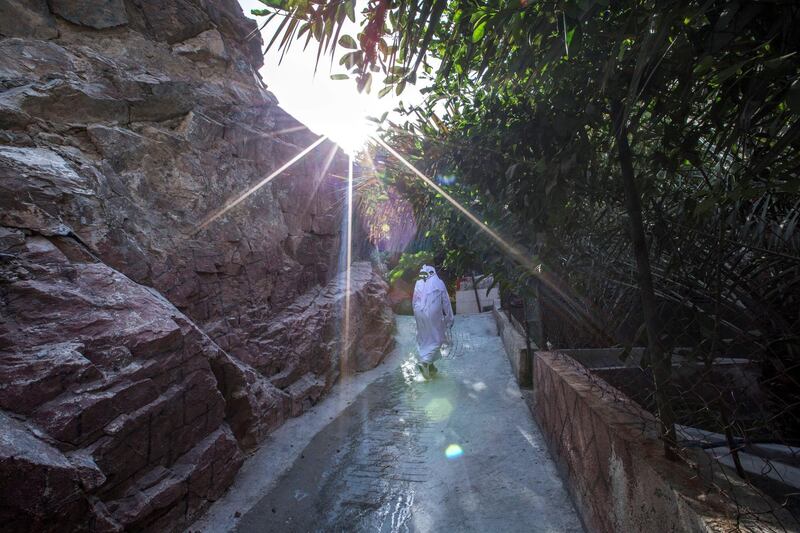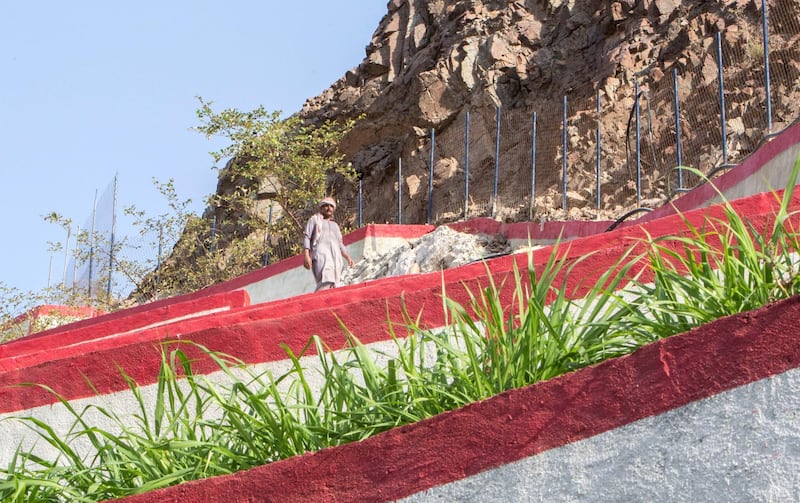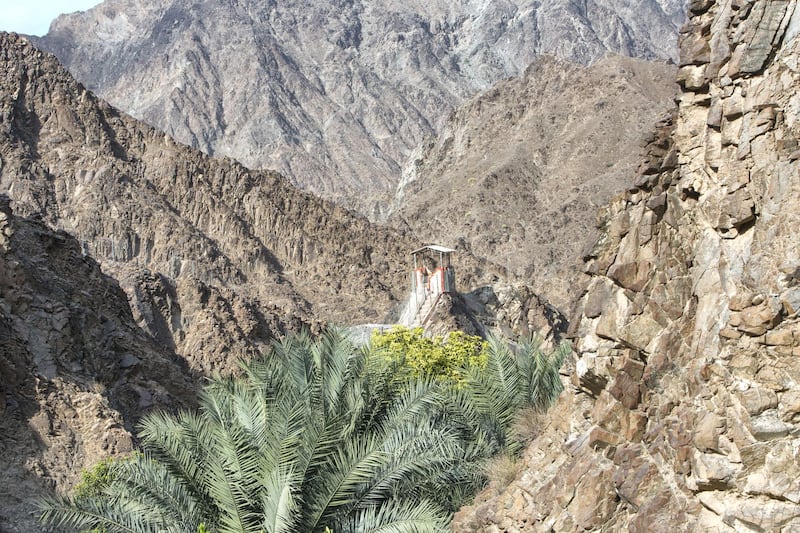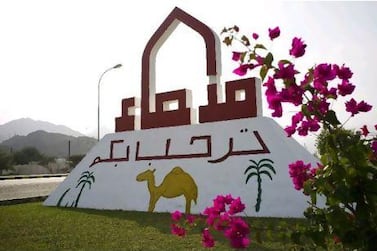Amid the freshwater pools and clusters of date palms, lies a small village where tales of mythical creatures and historical forts are told.
Nahwa village, a small settlement of about 500 people, lies in the unspoilt beauty of the Hajar Mountains.
Enclosed by the Omani territory of Madha, which itself is enclosed by the emirate of Sharjah, the village in the centre of this bullseye is known for its trekking trails and hanging gardens.
Forty-three years ago, only five houses could be found in Old Nahwa. In 1998, villagers moved to New Nahwa.
"We are surrounded by our ancestors’ heritage," said Abdullah Al Naqbi, the governor, or wali, of Nahwa.
"And we are here to tell their stories and keep the traditions and their legacy alive."
Mr Al Naqbi, 53, became wali five years ago after the death of his father, Khalfan, who guided Nahwa for more than 30 years.
”One of my main responsibilities is to communicate the residents’ needs and issues directly to the office of Sharjah Ruler, as well as acting as the village representative in many ceremonies and events.
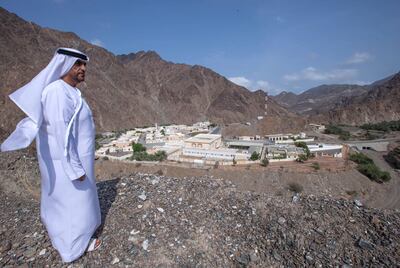
"My father taught us everything about the village history, folktales and heritage and our duty is to keep it alive," said Mr Al Naqbi.
The village was named Nahwa from the Arabic word nahw, which means syntax, because the villagers were known for their eloquence.
“People who used to live here were well-known for their classical Arabic skills and eloquence and used to read and write letters for others so the village was called after them,” said Mr Al Naqbi, who is also a deputy headmaster at a school in Khor Fakkan.
“And the rock with the 100-year-old Islamic engravings proves it,” he said.
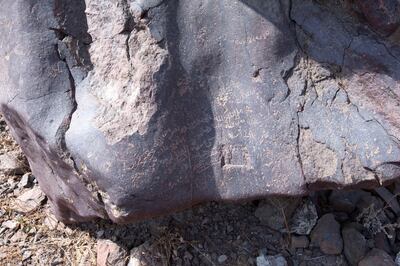
The village is about 10 kilometres from Merbeh in Fujairah and 16km from Khor Fakkan, Sharjah.
“The number of visitors increases during winter as people come to enjoy the freshwater coming from Nahwa spring or down from the mountains during the rainy season,” said Mr Al Naqbi.
The area is rich with history too with five forts located atop a mountain, opposite Old Nahwa, that were previously used for protection and observation.
The nature is so striking that it inspired tales that were passed down for generations.
“We have a cave called Al Daba that tells a story of a huge creature, that looks like a snake, that was always attacking anyone who passed by,” he said.
The story goes that one day, a woman decided to rid the village of their terror and filled a large pot with hot water (or hot oil, the story varies depending on who tells it) and went to the cave. The snake tried to attack the woman but landed in the pot, where it perished.
The cave, some 2km from the new Nahwa area, is now used as an area for events and gatherings.
“We also have a wedding rock in old Nahwa under a Jamun tree. The rock used to be part of wedding ceremonies in the old days,” he said.
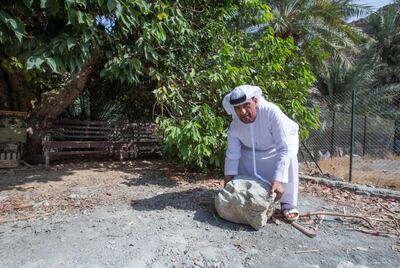
Bridegrooms would have to carry the rock as a show of strength. If they failed, the wedding would be cancelled.
“We also have a century-old mosque made of mud yet to be discovered by archaeologists in the old part of the village,” said Mr Al Naqbi.
Weddings and gatherings were also hosted under the huge Jamun tree, known locally as Al Zama.
The land is fertile and the village contains 40 farms and data palm plantations, as well as a hanging garden that has become a main attraction for tourists.
The concept came to Mohammed Al Naqbi, who is no relation, 20 years ago. “I was inspired with the idea from the many places that I visited outside the country and believed that, if the garden was done correctly, it would become a very special place to visit in the village,” said Mohammed, 61.
Passing through the garden gate, visitors are greeted with a narrow path framed by fruit trees, including lemon, mango and palm.
The 100-metre path leads to the hanging garden, were he grew grass, melons, vegetables and leafy greens.
“Yes it took time and money to complete the garden, around Dh2 million, but it worth all the hard work and the wait,” said the retired government employee.
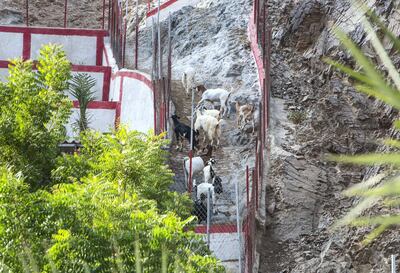
“I keep my goats, sheep and donkeys there and planted more grass to feed the animals,” he said.
“I recently added six beehives and will be building more lounges for people to sit and enjoy the garden.”
The farm is about 1km long and five meters wide, located around 1km away from the village.
“I welcome visitors and tourists all the time, especially during winter. Some ask if they can spend the night at the garden,” said Mohammed.
"This farm is everything to me and will be passed onto the next generation."
